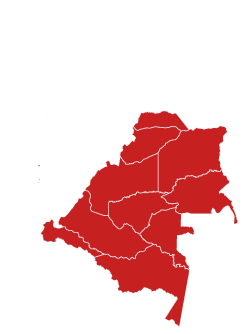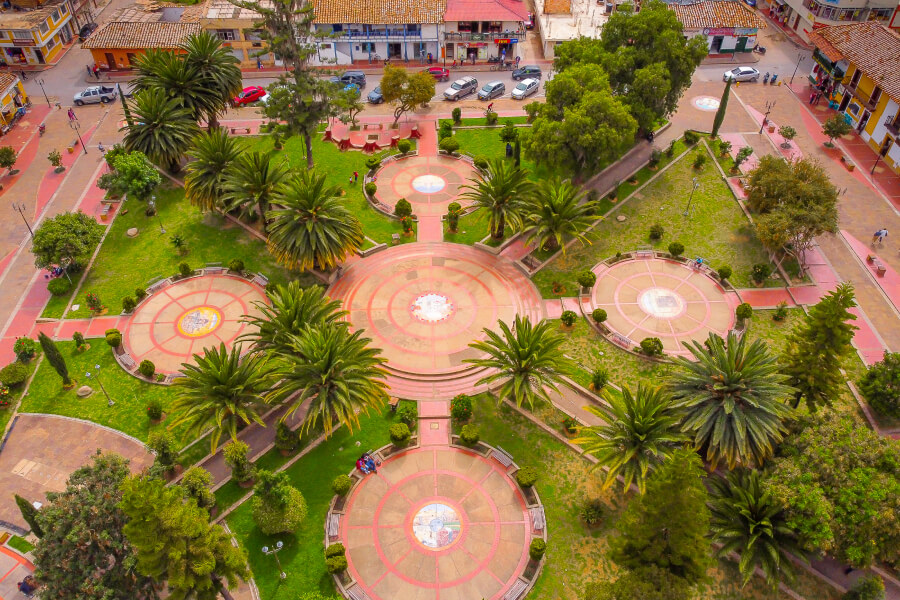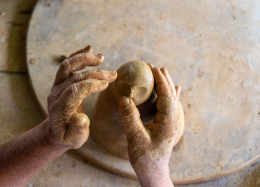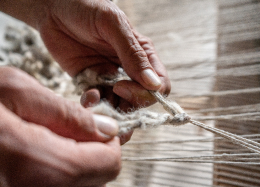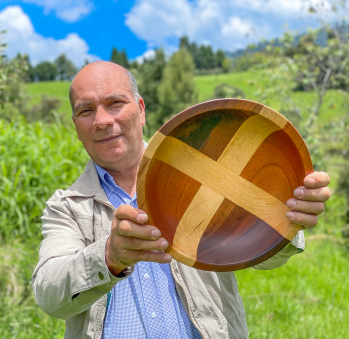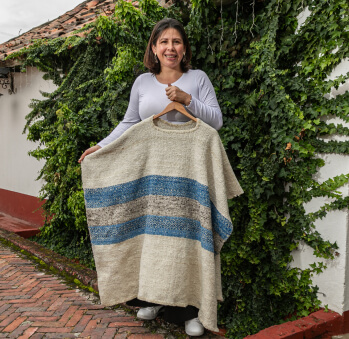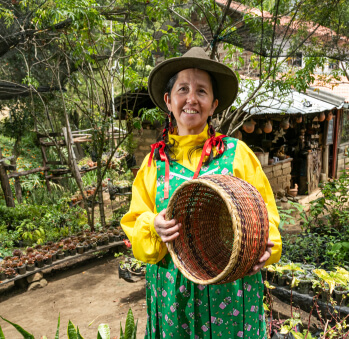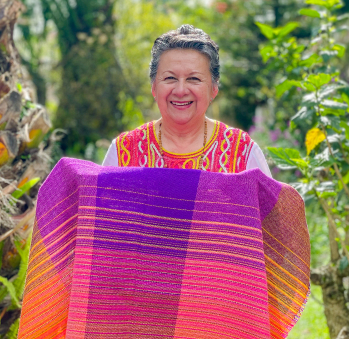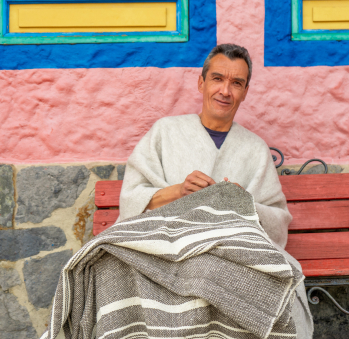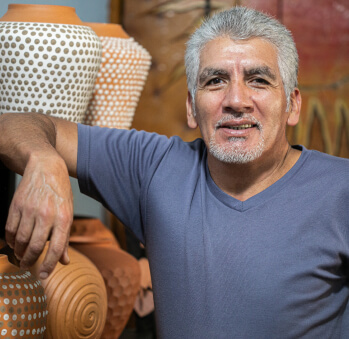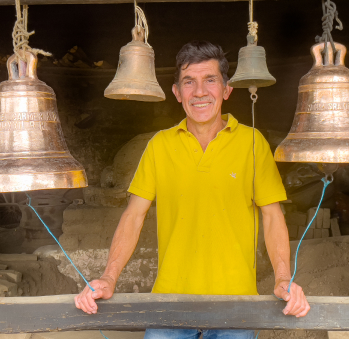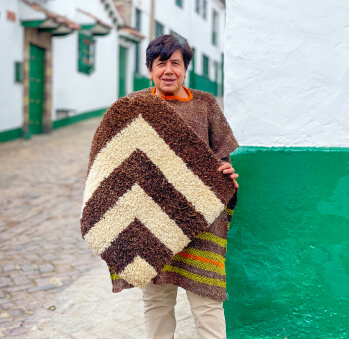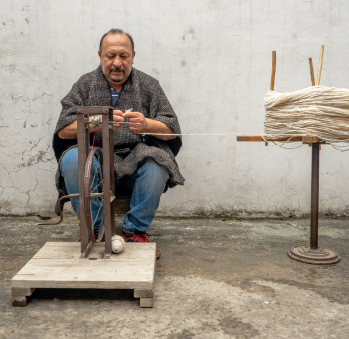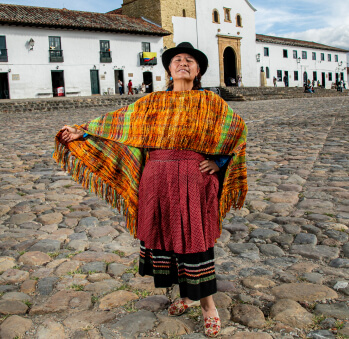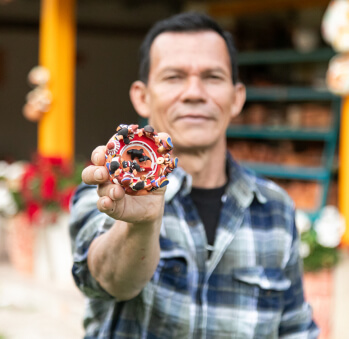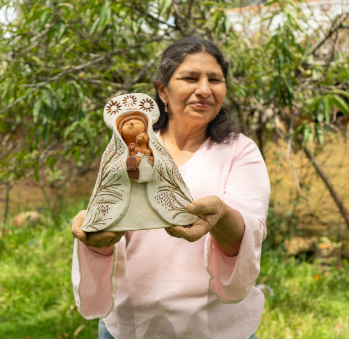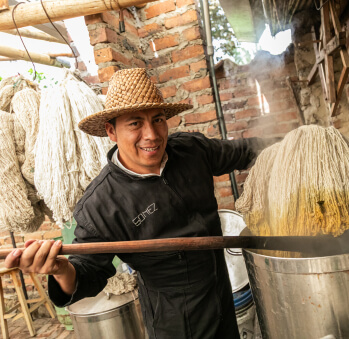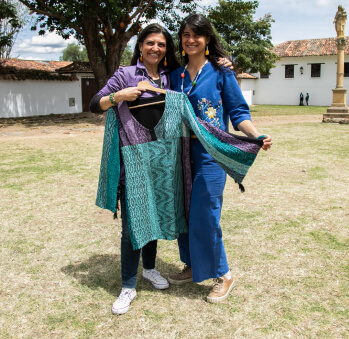Boyacá Route
A trip through Boyacá will always be a pleasure. It is a land filled with beautiful towns. Many of them are historical jewels that display a plethora of colonial features. Its landscapes are beautiful: they are covered with the green patches of its crops. It’s truly Colombia’s varied food pantry. Its weather is lovely and offers a combination of mountains, lakes, and deserts. Its proximity to Bogotá makes it easy to plan a trip and discover the region’s richness in several weekends. Because this department has preserved the practice of multiple crafts, we want you to discover through three distinct routes: The Ráquira-Chiquinquirá Route, and the Paipa-Monguí or Paipa-Iza Routes. This is an exceptional department, offering so much to explore that you’ll always feel the urge to return.
ARTISAN TRAILS IN Boyacá
Embark on a journey full of history
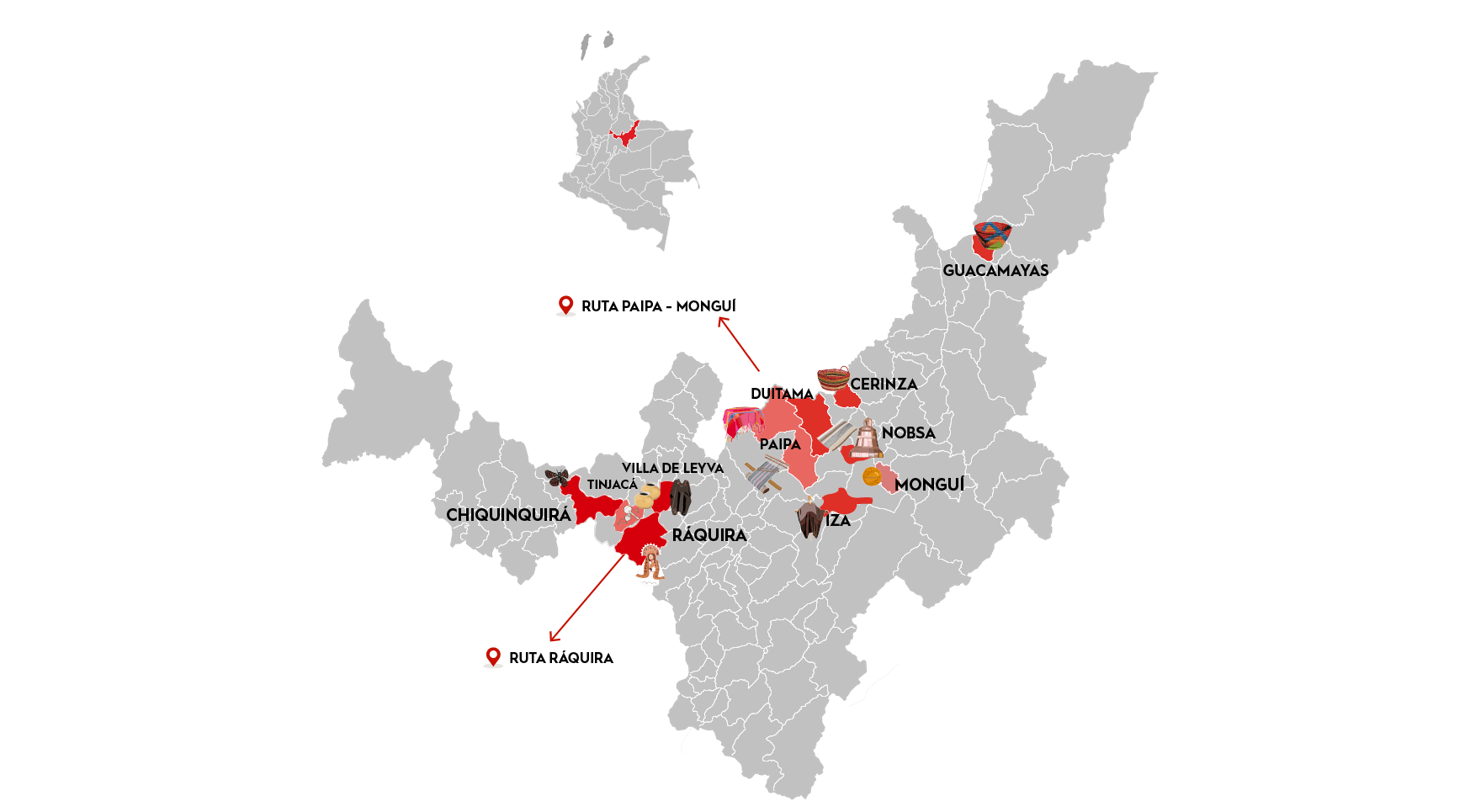
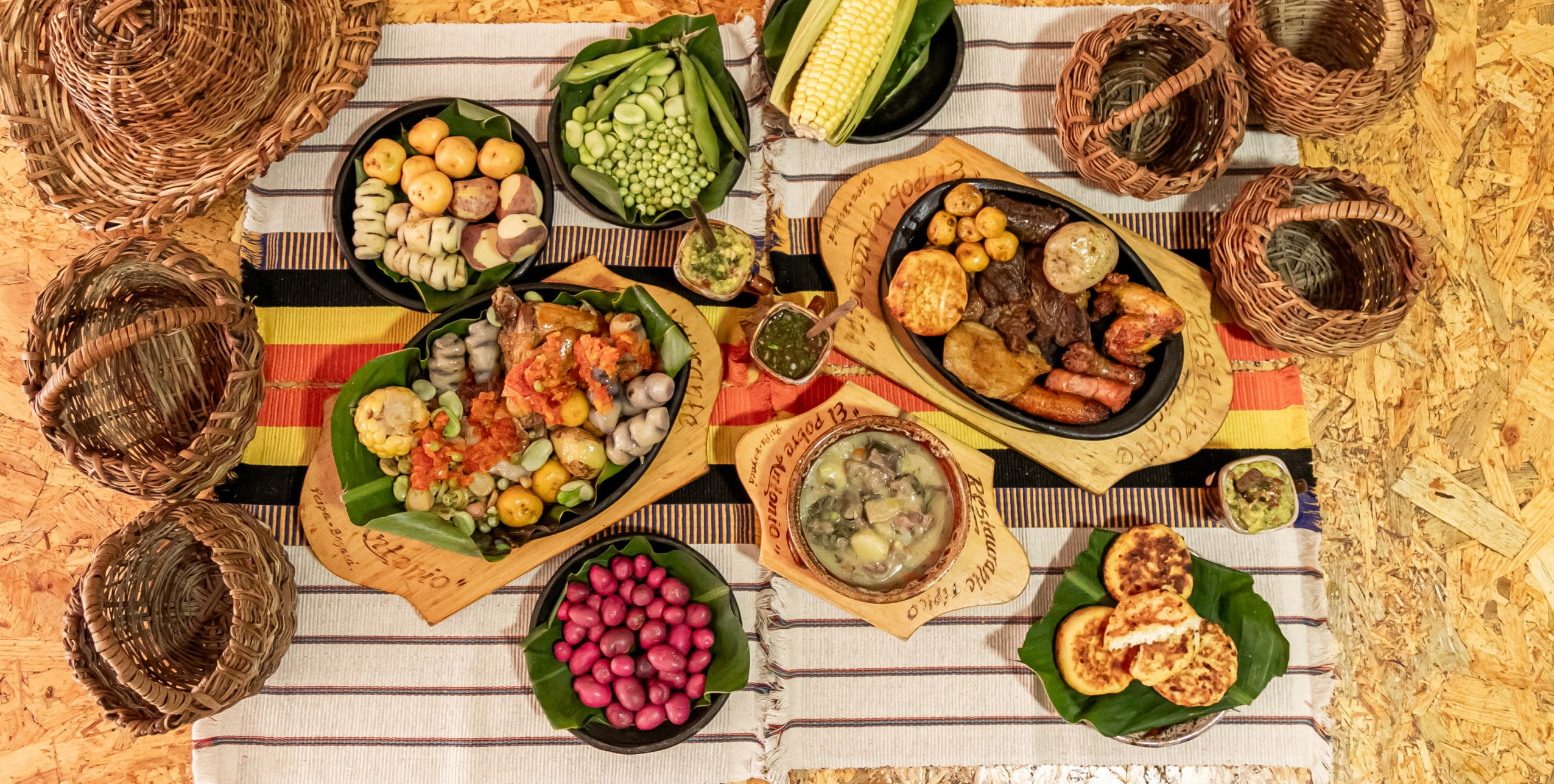
Traditional cuisine
and typical bites
Provoke yourself

Don't leave without eating this 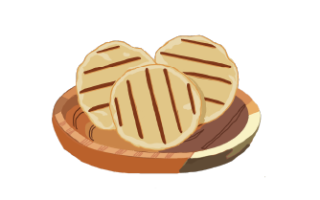
Boyacá is a region with a variety of climate zones, where vegetables like peas, fava beans, balú, beans, chickpeas, and green peas thrive. The area is also home to over a hundred native varieties of potatoes, as well as other local tubers such as arracacha, sweet potato, bore, cubios, hibias, and chuguas. These ingredients form the backbone of the region’s traditional cuisine, with one standout dish being Cocido Boyacense. Inspired by the Spanish olla podrida, this hearty and colorful stew is made with chicken, beef, and pork ribs, as well as small sabanera potatoes, nabos, cubios, chuguas, hibias, corn on the cob, green fava beans, and peas in their pods. It is served with a tomato and onion sauce and sometimes includes sausage like longaniza, depending on the municipality. You can enjoy this dish at Donde Antonio restaurant in Paipa.
To lunch we go 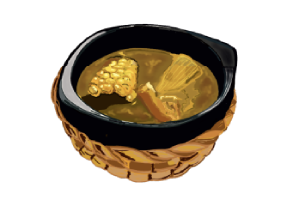
Soups, especially mazamorras (soups thickened with corn kernels or corn flour) and cuchucos (soups made with cereals like wheat or barley), are a hallmark of Boyacá’s cuisine, perfect for warming up in the chilly mountain climate. Popular traditional soups include oats soup, mazamorra chiquita, corn cuchuco, pearl barley cuchuco, and the famous wheat cuchuco with pork spine.
One great spot to try mazamorra chiquita (with corn flour, fava beans, beans, stems, and pork meat) and other traditional soups and cuchucos is El Pobre Antonio in Paipa. Another excellent option is Lonchería Las Acacias in Iza, where you can also enjoy fresh trout from Lake Tota, located near the town. In fact, to promote Iza as a culinary destination, the town holds the Trout Masters competition, and Edith Hernández, the owner of Rotrupa de Las Acacias, was awarded for her signature dish: trout rolls stuffed with artisan-pickled peppers and topped with queso Paipa sauce—Rotrupa is the acronym of this dish!
You can also try a Piquete de Boyacá, which includes roasted chicken, beef and pork, potatoes, yucca, roasted corn, hot sauce, and guacamole. You can find this dish at Gallina pa´sumercé in Villa de Leyva. This recipe is especially notable, and you can also pair it with a delicious sushi boyacense, a chicken neck stuffed like a blood sausage. Stop by El Mesón de la Gallina in Sáchica for a mouthwatering take on roasted country-style chicken with giblets, stuffed chicken neck, salted potatoes, fried plantains, and yucca—absolutely delicious!
In Ráquira, dive deep into the region’s ancestral cuisine with artisan Blanca Nubia Sierra, who will guide you through the history of traditional dishes, explain the key ingredients, and let you sample the best of Boyacá’s culinary history. You can also explore Boyacá’s fine coffees at Café Betania, where coffee is filtered through esparto, a local plant crafted by artisans like Blanca.
Flavors to discover and snack on 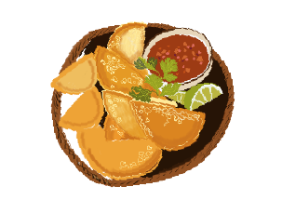
Throughout Boyacá, you’ll find a wide range of snacks like amasijos (traditional dough-based treats), breads, envueltos, and arepas that you can enjoy at any time of day. Pair them with a cup of coffee with milk, hot chocolate, or agua de panela (a hot sugarcane drink), which is a beloved beverage in Colombia’s colder regions. A must-try is Queso Paipa, a semi-hard, artisanal cow’s milk cheese with a slightly spicy and bitter taste, protected by a Denomination of Origin since 2011, is usually eaten alone or gratinado. You can enjoy the full range of these treats and cheeses at places like Cheese Factory or La Redoma in Paipa.
Boyacá is easily accessible from Bogotá, just a short drive on the way to Tunja, and you can stop by Ventaquemada, where there are roadside cafés offering these local snacks. Don’t miss the arepas boyacenses, made with yellow corn, milk, fresh cheese, butter, salt, and sugar, many of which are baked in wood-fired ovens. You can also try envueltos de mazorca, which are made with tender corn dough wrapped in corn husks and steamed. The air around the steaming pots is filled with their fragrant aroma. In these cafés, you’ll also find toasted corn and fava beans, two traditional salted local snacks, often served with génova, a deliciously spicy pork sausage similar to salami, which is eaten dry with a splash of lemon.
In Tinjacá, you can enjoy more arepas and envueltos at Arepas Nuestra Villa, and in the neighboring town of Sutamarchán, try the famous traditional longaniza (a long, thin sausage made with pork and bacon, seasoned with onion, salt, and pepper). It’s served with native potatoes and hot sauce. Stop by La Fogata, where they also offer vineyard tours with tastings.
To sweeten the palate and unmissable drinks 
Iza is famous for its desserts, many of which are made with local fruits and sweetened with sugar or panela, often served with fresh cuajada cheese. Try cuajada with blackberry syrup, tomate de árbol syrup, or the traditional melao, a sugar cane syrup. These can be found at Restaurante y Lonchería Las Acacias or Villa Consuelo, which has two locations—one in the main square and another just 1 km down the road to Sogamoso. In addition to these desserts, they also offer merengón, leche asada, and passionfruit mousse.
Villa de Leyva has its own sweet tradition with its signature Besitos de Novia. These delicate spongy cakes covered in meringue and wrapped in brightly colored paper are a must-try, and you can find them at Merengues y Besitos Carolina.
In Chiquinquirá, you’ll find traditional sugar-based sweets in the main square, near the Basilica of Our Lady of the Rosary of Chiquinquirá, as well as in local craft stores featuring images of the Virgin of Chiquinquirá.
Pair your local breads and amasijos with a refreshing masato or chicha. Masato is a mildly fermented drink made from either corn or rice, flavored with cloves, cinnamon, and sugar, and often served in clay pots. Chicha, on the other hand, is made from corn and is one of the most traditional drinks of the region.
Try also the refreshing guarapo, made from sugarcane, which can either be fermented or not. And don’t miss out on sabajón de feijoa, a sweet, creamy drink made with feijoa (a fragrant, tangy fruit from Tibasosa), which is one of the area’s most iconic products. It’s usually made with aguardiente or sugarcane liquor, and be sure to try the fruit on its own—it’s absolutely delicious!

Pueblo Patrimonio
La Red Turística de Pueblos Patrimonio de Colombia es un programa especial del Ministerio de Comercio, Industria y Turismo, ejecutado por FONTUR, que trabaja con 17 municipios de Colombia que poseen declaratoria de Bien de Interés Cultural (BIC) a nivel nacional para su valoración y proyección mediante el turismo, generando así más oportunidades de desarrollo y sostenibilidad en las comunidades.
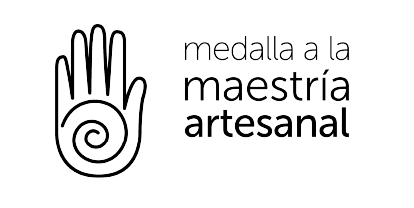
La Medalla a la Maestría Artesanal es un galardón que Artesanías de Colombia entrega anualmente, con el cual se hace un reconocimiento a aquellos artesanos, empresas y comunidades artesanales que, contando con una trayectoria destacada, sobresalen a nivel nacional por su excelencia en el oficio así como por preservar el quehacer artesanal.

Denominación de Origen
Es un signo distintivo que identifica productos reconocidos o famosos por tener una calidad o características específicas derivadas esencialmente del lugar de origen y la forma tradicional de extracción, elaboración y producción por parte de sus habitantes. La protección conferida sobre una Denominación de Origen implica que ninguna persona puede identificar con la denominación protegida productos iguales o similares a los amparados, cuando no provengan del verdadero lugar y no cumplan con las características o calidades que le han dado la reputación al producto reconocido. Las Denominaciones de Origen para productos artesanales colombianos que han sido protegidas por la Superintendencia de Industria y Comercio en nuestro país son actualmente 12.
No puede copiar contenido de esta página

